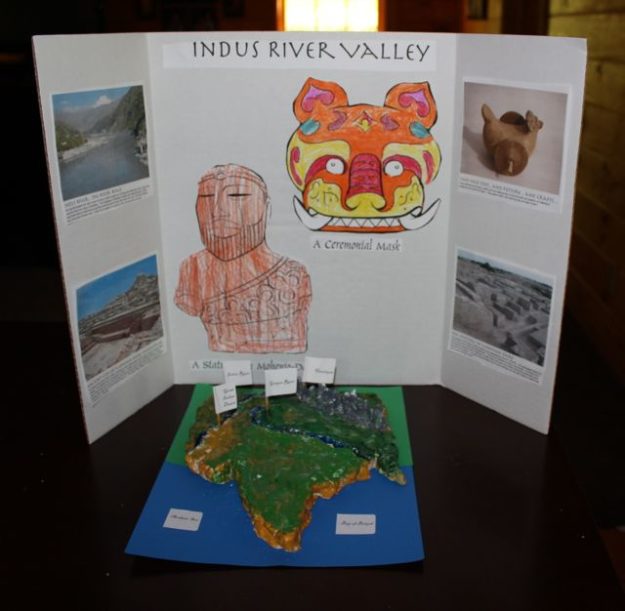
….And for the Geography Fair, Stephen chose to make the Indus River Valley out of Crayola’s Air Dry clay and then paint it with acrylics.
A word of warning: This stuff is fairly easy to mold, but it chips and breaks easily. And it takes a long time for it to dry. I much prefer the baking-type of clay after this experience.
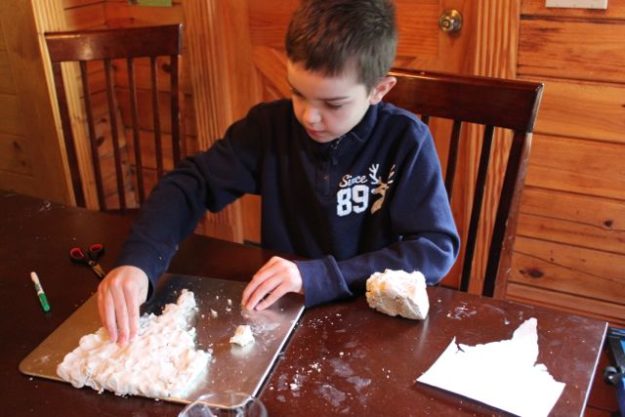
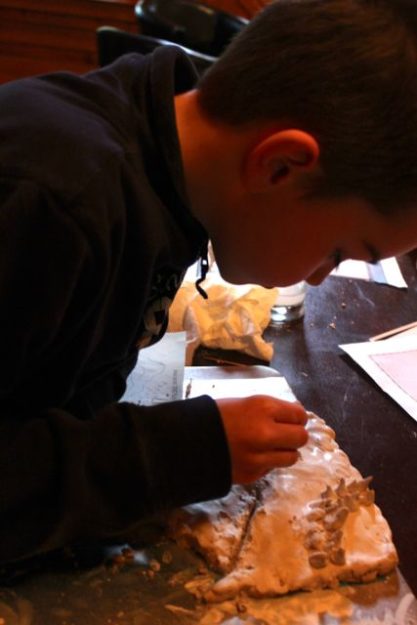
Skip a few steps… (Why do I keep forgetting to take photos?)
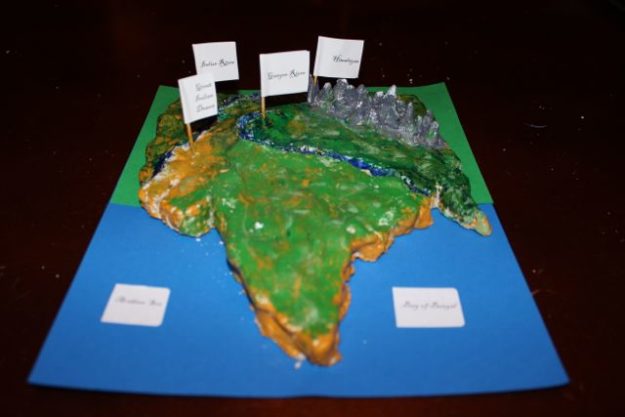
Stephen also wanted to bring in the history, so he made a small tri-fold board using some information from a few books about the Indus River Valley.

Another great success! By the way, painting this stuff helps it stay together, as we found on the way home. A piece broke off but hung there by the paint. So… I’m thinking we’ll pass on the air-dry clay next time.
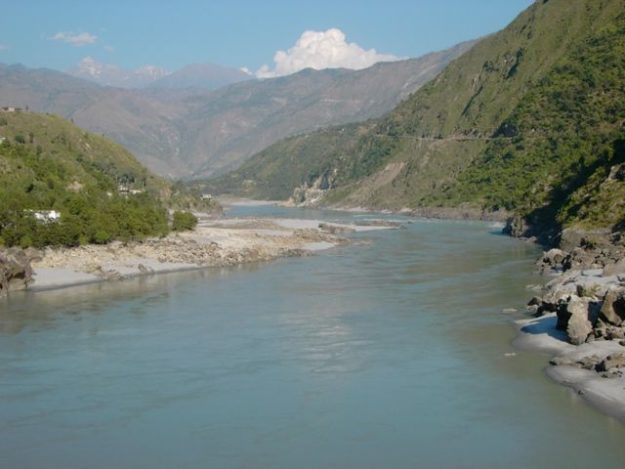
Not only did people live near rivers to have a water supply for drinking and watering crops, they also used the rivers as a way of traveling. The Harappan civilization traded with Mesopotamia. What would have been a treacherous journey would be just a quick trip down the river, into the Arabian Sea, and up the Persian Gulf. It was much easier to travel by river and sea than by land!
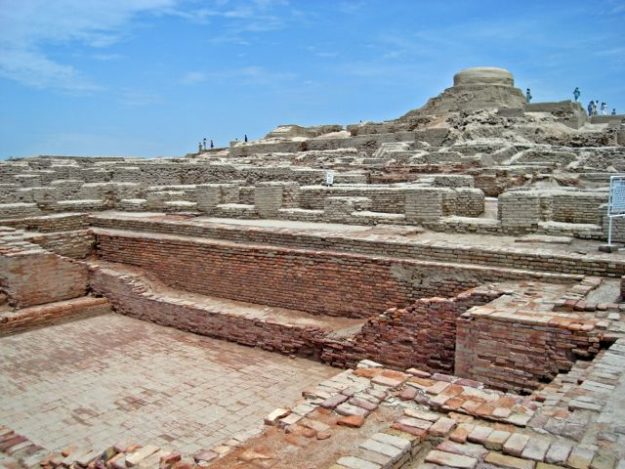
Ancient City of Mohenjo-Daro (Harappan)
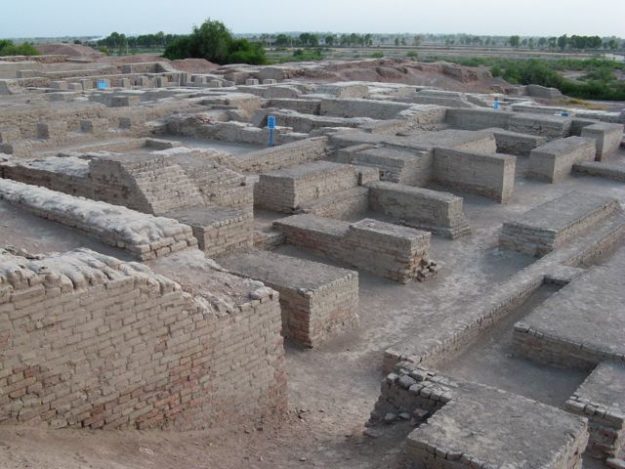
The people of the Indus Valley mysteriously disappeared around 1750 BC. Archaeologists have not found clues as to why they disappeared. They found skeletons lying in the streets. It is likely that because the people lived in separate citadel cities and were not unified, that they eventually were defeated by invaders. Though archaeologists have found writings, we are still unable to determine what these writings mean.
Information taken from The Indus Valley (History Opens Windows) and Story of the World Volume 1.
